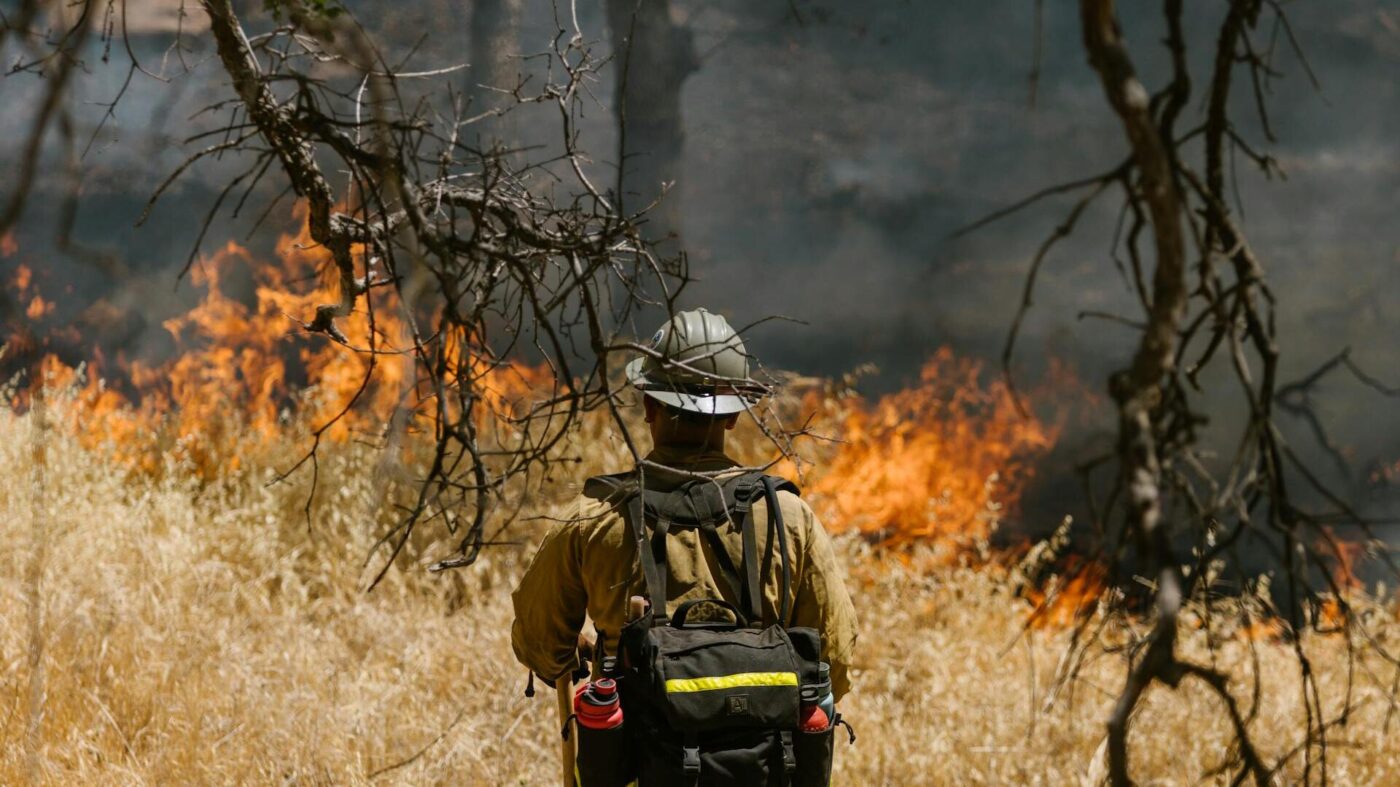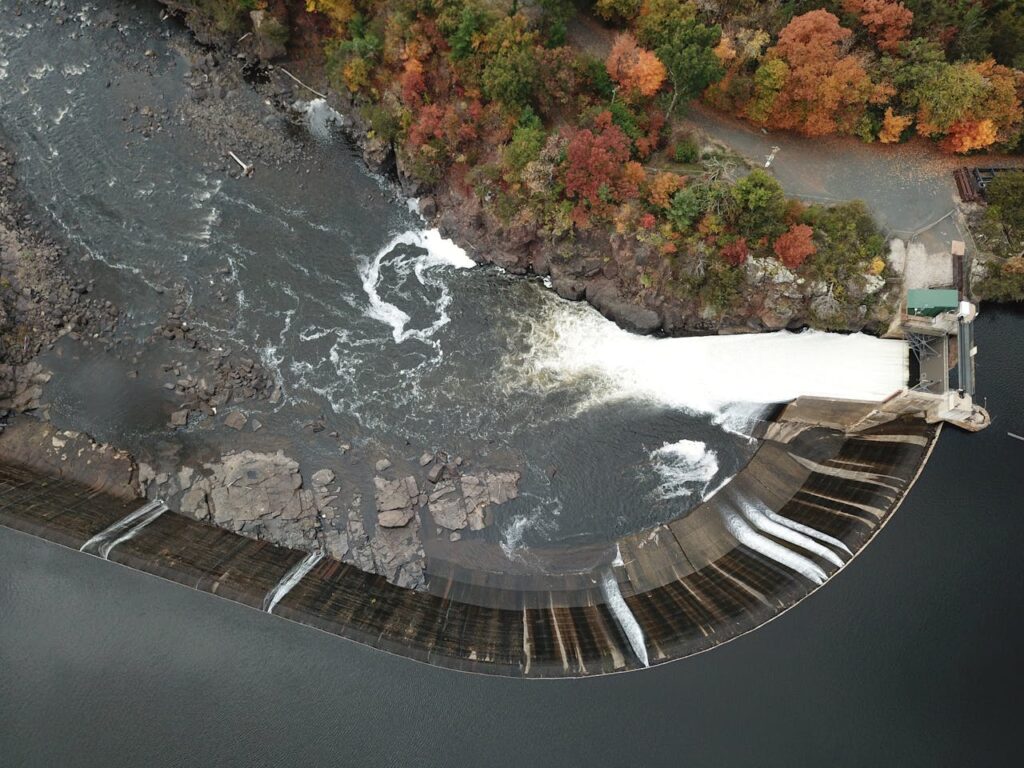Science
The Alps are Losing Their Glaciers: They Could Disappear Within Decades
06 January 2026

The increasing temperature forces us to stop treating water retention as the short-term goal according to the rule that “If there is too much of it, we get rid of it, and then – if there is not enough – we start to worry,” – says an engineer and agrophysicist from the University of Life Sciences in Poznań, Prof. Bogdan Chojnicki.
Anna Bobrowiecka: What are the forecasts for drought and access to water in Europe and the world in the coming years?
Prof. Bogdan Chojnicki: When we talk about water, we often think about the one that just happens to appear around us, and it is illusive. October or November seem to us the most “wet,” and the truth is that they are the driest in terms of downfall. We have most of them in July, and then we think it is very dry.
Climate change has an increasing impact on the amount of water in the environment. We observe this all over the Earth. This results in more intense evaporation, which, in turn, increases the presence of water in the atmosphere. If we add to this the heavy rains that we have in certain parts of the world, it creates very serious problems associated with the violent excess of water.
Whereas places like the Mediterranean Sea region show us exactly the opposite – it is going to get drier and drier there. De facto, every year we talk about fires in Greece, Spain, or Portugal. They become more frequent and – what is worse – we talk about increasingly intense fires.
In Poland, precipitation is slowly growing, but precipitation is one thing, and the temperature rise, which dictates higher and higher evaporation, is the second. We can use this analogy: Precipitation is income and evaporation of water from the ground into the atmosphere is expenditure. These two phenomena will accumulate, but the rate of evaporation increase will be higher.
This is a forecast not only for us but also for many other places in the world, where climate change and rising temperatures will strengthen these phenomena toward rapidly emerging water surpluses, as well as deeper water shortages in the environment. Both processes are already being observed in Poland.
Can we point out parts of the world or countries whose example in terms of water retention and the fight against drought Poland could follow?
The whole of Europe has statistically significantly higher retention. When we can properly manage and take care of water when we have an excess. This water will allow us to survive dry periods. This especially concerns storage in the ground. Using the economic analogy once again here – we can describe water retention as savings.
If we realize that these savings at the time when we have this water in excess, give us survival in dry seasons, then this is the whole point and the recipe for retention.
Unfortunately, we have little experience in this, because there is very little retention in Poland. What is worse, it is often concentrated in large tanks, which are not effective and bring more additional troubles than solutions to the problem of drought. After constructing a large tank, it is important to consider water distribution and infrastructure.
Therefore, we should think rather about small retention, or micro retention, because it is the most effective at relatively small costs (e.g. energy costs). And most importantly, it is the local, smaller actions that best reflect the sense of retention. The idea here is to keep the water in the place where it fell. This approach also allows us to look at the water in nature differently, because every lawn, field, but also vegetation that covers it, is a small reservoir that can hold precious water and give us rest when it is lacking.

Government sources reported last year that the average level of water retention in Europe’s reservoirs is 20%. In Poland, it is 6.5%.
Unfortunately, it is very likely. However, we do not know whether only large, top-down controlled retention was taken into account, or also this micro, local retention. Because that is what we should emphasize, also considering the natural conditions of a given area. An example of a good, “natural” reservoir is peat bog – peat is like a sponge, it gets saturated with water when we have precipitation, and in many places, it is ready for use. All it takes is proper care of the bog.
Building big tanks are actions that look cool in the media and on paper. The decision-makers can cut the ribbon and show themselves against the background of such an object, but this is only the beginning, because as I mentioned – the rest of the story is about the distribution of this water, and this is usually a serious problem. Whether we choose a ditch or a pipeline, such infrastructure must run somewhere and be somehow powered and maintained. And it costs.
So let’s solve the problem on our plots, keep meteoric water, let it soak into the ground, let’s not get rid of it, at the same time generating rapid high-water stages of rivers. Let’s not ask our rulers to build ever larger collectors that will help us get rid of this excess water as soon as possible, because it will be needed during drought. Let’s find the conditions and places suitable for holding this water. Where it is possible, let’s just wait for it to sink into the ground.

If water retention should be dealt with mainly locally, is it enough to educate society, or are top-down changes needed?
Building awareness so that people do not treat water as an intruder is the basis. We have to realize that an area that is naturally filled with water is meant to be that way, and we can simply accept it. This is also the approach we should expect from our authorities: wetlands and peat bogs should be protected. We can observe on them something we call biodiversity — enclaves of completely different plants, animals, and birds. This has a positive effect on our environment, because our ecosystem is becoming more complex, and such ecosystems are also more resistant to climate change because in such places there is a wider genetic pool of various organisms.
There are many levels on which actions should be taken toward saving water from nature – but above all at the local level and thanks to people who have a certain awareness of their surroundings – something that Olga Tokarczuk would call “tenderness.” We need a certain change in thinking to a more long-term perspective. Water shortages often result from the fact that we got rid of it when there was an excess of it and we did not think that it could be useful to us later.
We recommend: About the Commons: Who Decides about Water and Air?
Water accumulates in very different places — in fields, in swamplands. Can we “sneak” this water and use it in a place where it is not available? I imagine that this would require a very high level of cooperation across various institutions – local governments, foresters, naturalists, and farmers. It would have to be complicated logistically.
If we collect the water where it has fallen, there is no need to borrow it from anywhere. Each of us has a certain water budget, for example, on one’s plot. If we manage it wisely and think long-term, it solves the problem. The increasing temperature forces us to stop treating water retention as the short-term goal according to the norm “If there is too much of it, we get rid of it, and then – if there is not enough – we start to worry.”
Coordinating this retention between different centers is indeed very difficult. Besides, in wetlands, and marshes, the whole ecosystem adapts to these conditions (which is also a kind of evidence that a large amount of water does not harm). The landscape is being modified. By pumping water from there, we would disrupt the system.
An interesting idea to promote retention at one time was to subsidize farmers to increase organic matter in the soil because this inconspicuous substance acts like a sponge. This solved, on the one hand, the issue of keeping the mineral substances needed for plants to grow, and, on the other hand, the problem of water retention in the soil.
Unfortunately, we have dried our landscape out very heavily, draining huge amounts of water, and treating it mainly as an obstacle to the expansion of cultivated areas in the environment. Later, however, we found that with climate change, we had made this environment too vulnerable to water shortages.
Today, when it comes to retention, we should focus on soft, intelligent solutions based on natural ones rather than large constructions costing millions of zlotys.
* Prof. Bogdan Chojnicki, is a scientist associated with the Poznań University of Life Sciences. A specialist in agrometeorology and agrophysics.
Translation: Marcin Brański
We recommend: